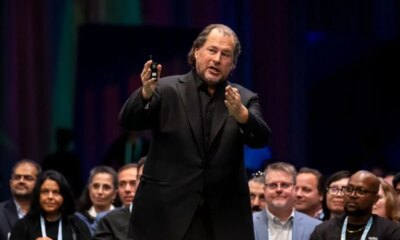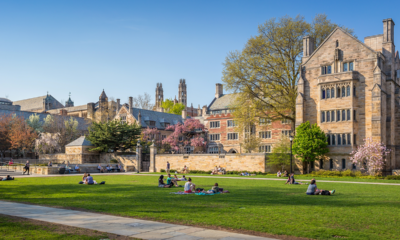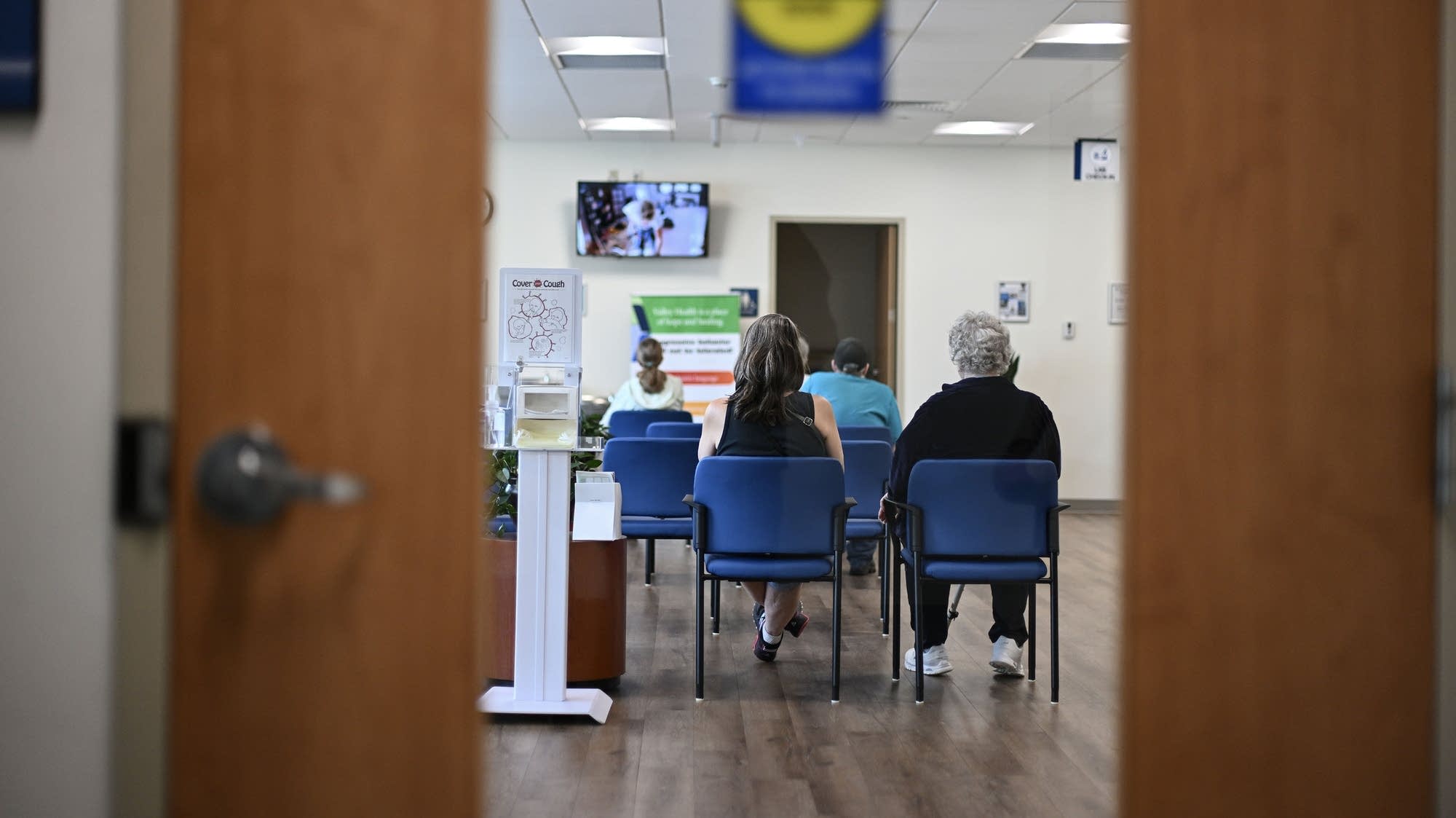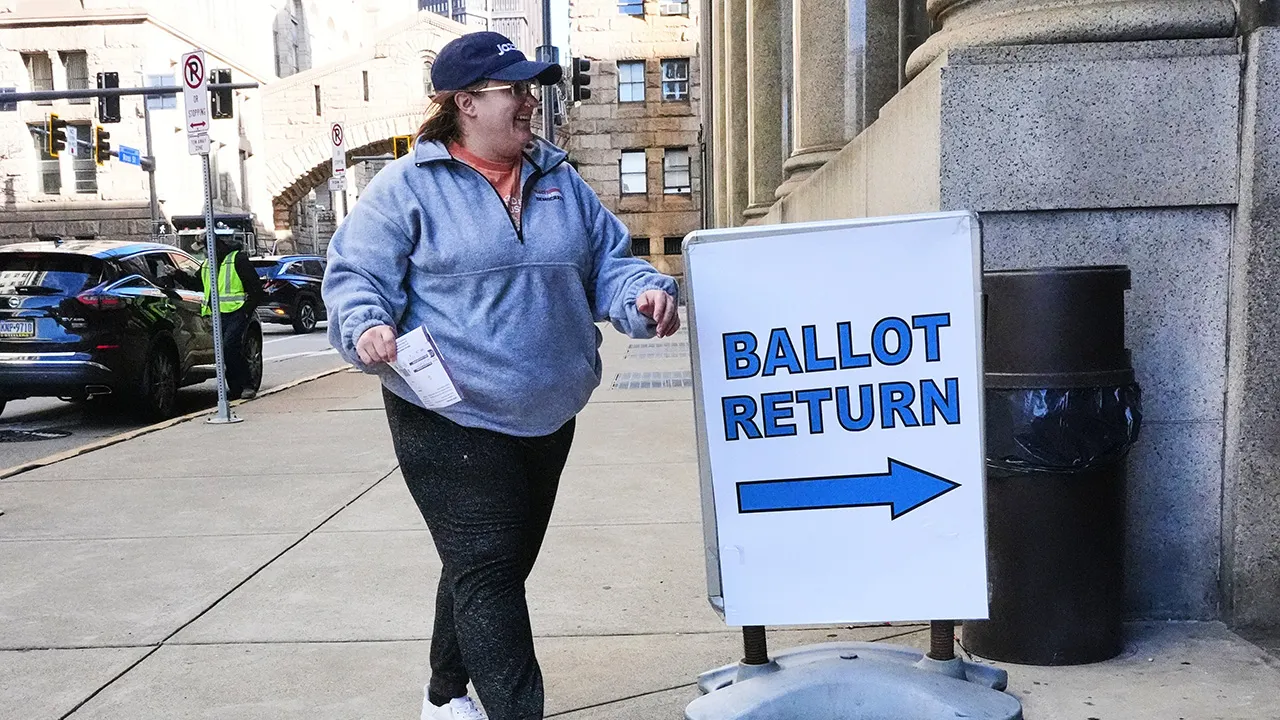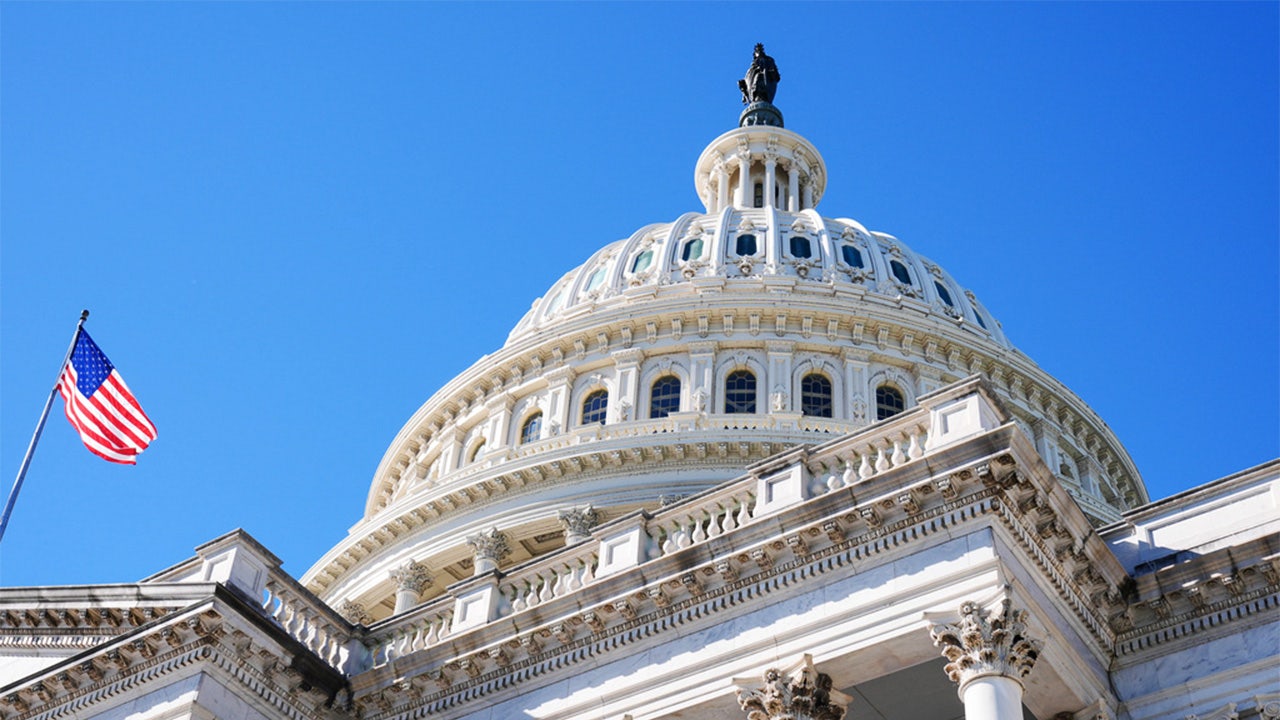Anyone who has parked in San Francisco knows that each street presents myriad possible ways to get a ticket.
San Francisco, CA
We're millennial brothers and business partners who left San Francisco's tech bubble for the Midwest manufacturing scene. We never would have been able to afford to launch our startup in California.
This as-told-to essay is based on a conversation with John Yuksel, 33, and Matine Yuksel, 29, two brothers who moved from San Francisco to Dubuque, Iowa, in 2020 to start Beltways, an accelerating walkway company. The brothers then moved to Cincinnati in 2022. Their company is based nearby in Northern Kentucky.
John: We’re children of immigrant parents who grew up in southern Arizona.
I’ve always known I wanted to be close to my brother. He’s my only sibling. We lived in San Diego for a few years after college, and then we moved to San Francisco in 2018.
Matine: San Francisco is amazing. It’s the most diverse environment I’ve been in, and it’s high-caliber for business, especially tech.
John: Matine was working for Walmart e-commerce and then later got a job with Apple. I was working as an attorney.
We were paying incredibly high rent but we had the best view, looking over the Pacific Ocean with the sunset in our windows each night.
But San Francisco was apocalyptic. During COVID, the streets were barren. It felt unsafe. I had my car broken into multiple times.
Matine: COVID helped us rethink and reprioritize things. Rather than work to release the next-generation iPhone, I wanted to make a new product that few people have ever heard of.
John: Beltways is really our father’s dream. Forty years ago, he was living in Istanbul and he realized today’s forms of mobility were not moving people efficiently. He thought up a modular design to make walkways 10 times faster.
Courtesy of John and Matine Yuksel
My brother and I always wanted to do something together and years after our father came up with the idea, we started looking into it.
Matine: We established Beltways in July 2020. We quickly realized we had to move out of San Francisco. It would have been way too expensive to do what we needed there.
John: It wasn’t the right place for our startup. We’re a big hardware manufacturing startup. It made a lot more sense to be near industrial clusters of technology. We wanted to be in the Midwest, where there’s still viability for manufacturing.
Matine: John met someone with experience in the walkway industry and he offered us a shop out in Iowa.
We moved to Dubuque, Iowa, in 2020
John: It was a very small town in the middle of the cornfields, an hour and a half from any airport. Dubuque is a beautiful, quiet town on the Mississippi River. We could drive anywhere in town in two minutes.
We basically lived in a mansion. We had a three-story, four-bedroom place for half the price of our condo in San Francisco.
Matine: The snow was definitely a change of pace. We got our fair share of workout shoveling.
It was a different way of life. We needed to be focused and Iowa was good because we didn’t have too many distractions. The two years we spent in Iowa went by very fast.
Courtesy of John and Matine Yuksel
John: We built the prototype for the world’s fastest-moving walkway while we were living there. It was a hundred-foot-long system and it got us our first VC check.
That was a big milestone for us. We put all our money into this company. We left stable jobs. We refinanced our home. There’s been nothing more fulfilling than making our father’s invention something commercial.
Matine: It was a surreal day when he came out and rode the system for the first time. It was the icing on the cake to see his excitement standing on something he thought up so many years ago.
John: We needed to start scoping out the next spot for our company. The next step was to pilot our walkway. We were invited by several airports to do a pilot demo of our system.
We knew CVG Airport in Cincinnati had a real track record of innovation and taking care of startups. The area was also advantageous for manufacturing. It’s super cheap. The facility we’re currently in is only a little more expensive than my rent in San Francisco, and this is 20,000 square feet.
We moved to Cincinnati in 2022
John: We even moved our parents out here, too. We wanted our father to work with us and be part of the company in person. Our parents live three floors below us in our building in the Mount Adams neighborhood.
Moving to Cincinnati felt like we were back in a big city after two years in Iowa. We have major sports teams and a large hub airport. It’s a much more temperate climate.
The winters have been pretty mild so far. The spring is lush and green. You can kayak down the rivers, and there are amazing trails nearby. The air quality is great. And the summers aren’t 120 degrees like they were in Arizona.
I met my partner, and now I have a child that was born here in Cincinnati. The city has become home for us. The company is here, the whole family is here.
Courtesy of John and Matine Yuksel
We miss life on the coast sometimes. California is a beautiful place. We love that climate and the diversity of people. San Francisco is where tech starts and bleeds out from. It’s really the birthplace of a lot of amazing stuff.
Matine: But Cincinnati’s tech scene has also been very good to us. It’s growing. It’s a close-knit startup community. From the moment we got here, the community has been so welcoming.
John: And it’s a lot cheaper here.
Bringing our father’s dream to life has been incredible
Matine: We started Beltways in a humble garage in Tucson, where my brother built prototypes himself. Now, we’re in a 20,000-square-foot facility here in Northern Kentucky, right next to our first airport customer. And we’re US-made.
John: Our goal is to become an official partner of the Los Angeles 2028 Olympics to provide temporary high-speed conveyance.
Cincinnati is a great place to raise a family and have a business. We see ourselves staying for the foreseeable future.
But our ultimate goal is to make our walkways commonplace and spread this technology around the world. So wherever we have to go to make that possible, we will. This is bigger than us.

San Francisco, CA
San Francisco man found guilty of murder in brutal beating of elderly woman exercising

SAN FRANCISCO – A young man has been found guilty of murder in the brutal beating of an 89-year-old woman who died a year after the attack.
Verdict
What we know:
Keonte Gathron, 25, was convicted Tuesday in the killing of Yik Oi “Huang Popo” Huang, who was robbed near her Visitacion Valley home in January 2019.
The Attack
The backstory:
Huang had stepped outside to do her daily exercises at the Visitacion Valley Playground when she was attacked.
After beating and robbing the elderly woman, authorities said Gathron went to Huang’s nearby home and burglarized it.
Huang was found on Raymond Avenue, a few blocks from her home, bloodied, disoriented, and suffering from severe head injuries. She died a year later, in January 2020, from complications related to her injuries.
The park where the attack occurred was later renamed Yik Oi Huang Peace and Friendship Park in honor of the woman.
San Francisco, CA
This S.F. engineer wants to make it easier to park in the city, with a free app

Parking can be difficult in San Francisco neighborhoods like the Excelsior. But an engineer who lives in the city wants to make it easier with an app to help people park.
There are loading zones. Two- and four-hour restrictions. Scheduled street cleanings. Sprawling construction sites. Red “daylit” curbs to make crosswalks more visible. Hills where curbing wheels is mandatory.
Frustrated by the whole complex puzzle of rules and hard-to-read signs, a software engineer is cobbling an app to make them more legible. His invention, called “Ticketless,” would automatically detect when and where people have parked, and send notifications if they risk receiving a citation.
Article continues below this ad
“I feel like a lot of people need this,” engineer Abdullah Zahid said of the app, which he hopes to unveil within the next few weeks. A resident of the Outer Richmond, Zahid has learned to navigate all the landmines of parking in San Francisco, including the regular 9 a.m. cleanings on his block. He knows the agony of circling for 20 minutes to find that one elusive parking spot at 6 p.m. in the Mission District, only to walk half a block and see a sign warning not to park there.

Abdullah Zahid has created an app called “Ticketless” which would automatically detect when and where people have parked in San Francisco.
When Zahid advertised the concept on Reddit, his post went viral. As of Monday, Ticketless had roughly 1,000 people on a waiting list.
He is among a group of tech-savvy do-gooders — and pranksters — who are mining data from San Francisco’s public websites and trying to make it more accessible to regular people. Another such innovator, Patrick McCabe, developed an app called SolveSF, which uses artificial intelligence to ease the process of filing reports to the city’s 311 system.
City leaders do not always welcome these creations. When North Beach software engineer Riley Walz rolled out an app to track city parking officers in real time, the San Francisco Municipal Transportation Agency quickly cut off the data source.
Article continues below this ad
But Zahid’s mission seems to align with that of the SFMTA, in that he wants to help people park legally and safely, perhaps saving them from a colossally expensive mistake, or the headache of retrieving a car from a tow yard.
“Our ultimate goal for parking enforcement is compliance, and we welcome creative ideas if it means bringing safe and helpful reminders on how to properly park,” a spokesperson for SFMTA said in a statement, which included the agency’s own guide on legal parking. SFMTA declined to comment on the app specifically, without knowing precisely how it uses public data.

Abdullah Zahid’s app “Ticketless” would send notifications to people if their parked cars risk receiving a citation.
Zahid’s model largely relies on the city portal DataSF, combined with smart algorithms to decipher when and where people have parked, once they share their location. The app then cross-checks the parking spot with local regulations, determines when the driver has to move, and provides push alerts two hours in advance.
“There are no user accounts, no premium features, no in-app purchases,” Zahid said. “I’m not trying to monetize this. I think it should be free for everyone.”
Article continues below this ad
At present, he has the app configured to find hourly restrictions, tow-away zones and commercial loading. He’d still like to make it more granular, possibly reminding people to turn their wheels on a sloped street, or recognizing the exact point where a red zone ends.
Maybe he’ll add those features in the next version.
San Francisco, CA
Election: Early voting for Prop 50 continues in Bay Area

SAN FRANCISCO (KGO) — On Tuesday, voters up and down California will head to the polls to answer one question.
That question, the so-called Proposition 50, will have them decide whether to give the state legislature authority to redraw congressional districts.
“For me, it’s kind of important that I’m able to do something,” said voter Zoey Dingman.
At San Francisco City Hall, there was a steady stream of voters Sunday afternoon.
CA Election: Everything you need to know about Prop 50
Some, like Robert Mintz and Maxine Bauer, told us they were keen to get their votes in early.
“I think people are waking up and they need to not be so passive and fight back,” said Mintz.
Mintz believes Prop. 50 is a way to push back against the mid-decade redistricting efforts in Republican-led states like Texas.
“I think it’s important to have fair elections and right now one side, it seems they’re trying to fix the future elections in 2026 and 2028,” said Mintz.
MORE: New polls show Californians overwhelmingly support Prop 50 ahead of Election Day
But that mindset can lead to a dangerous game of tit-for-tat, says the chair of the San Francisco Republican Party Bill Jackson.
Jackson says he opposes Texas’ efforts to redraw its congressional maps but thinks Prop. 50 is not the appropriate answer.
“We should be holding our line and trying to get more states to have independent districting commissions, rather than just allowing politicians or whoever’s in power to rig the system for their own benefit,” said Jackson.
Jackson worries that, if passed, Prop. 50 will disenfranchise voters in more rural parts of the state.
MORE: Prop 50: In a California GOP stronghold, voters are not happy with Newsom’s plan to help Democrats
He also has concerns that it won’t end in 2030 as it’s intended to currently.
“I think it’s a real risk. If we just keep with the increased polarization, why wouldn’t the California legislature put another initiative on the ballot in 2028 or 2030 to say well you know it works for us,” said Jackson.
Nearly 23 million ballots were sent out to voters around the state for this election.
As of Friday, about 5.9 million or 26% of them have been returned.
Copyright © 2025 KGO-TV. All Rights Reserved.
-

 Milwaukee, WI1 week ago
Milwaukee, WI1 week agoLongtime anchor Shannon Sims is leaving Milwaukee’s WTMJ-TV (Channel 4)
-

 News1 week ago
News1 week agoWith food stamps set to dry up Nov. 1, SNAP recipients say they fear what’s next
-

 Alabama1 week ago
Alabama1 week agoHow did former Alabama basketball star Mark Sears do in NBA debut with Milwaukee Bucks?
-

 Culture1 week ago
Culture1 week agoVideo: Tyler Mitchell Breaks Down Three Photos From His New Book
-
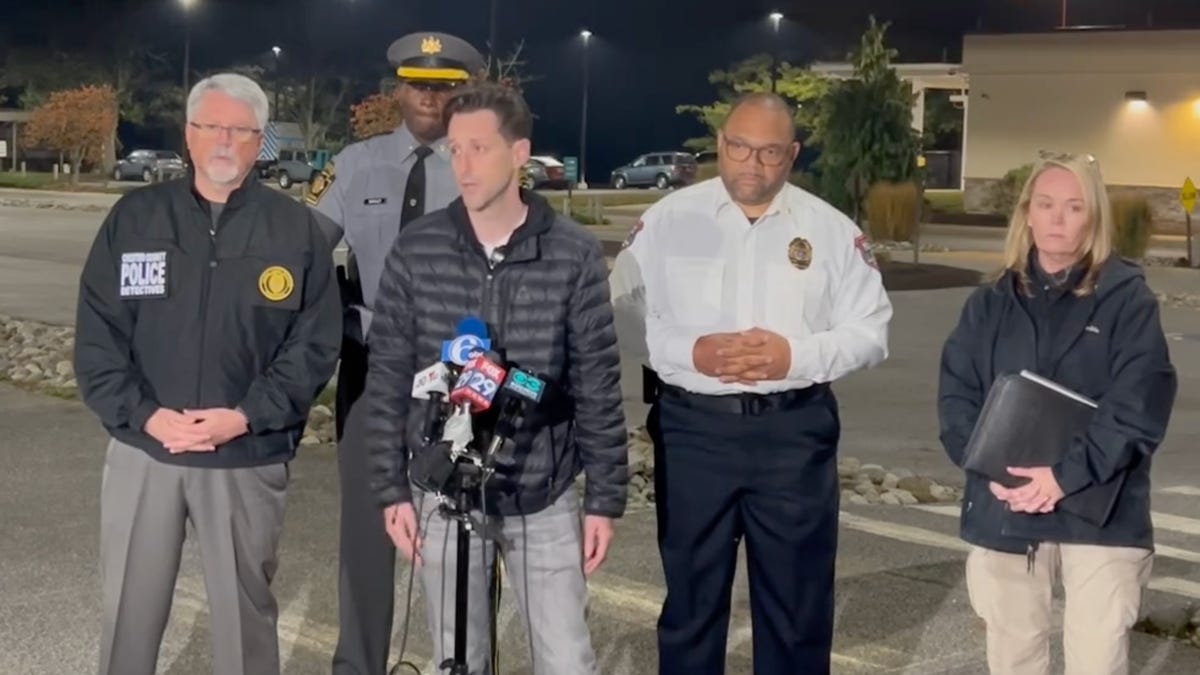
 News1 week ago
News1 week ago1 dead, 6 injured in shooting at Lincoln University homecoming festivities
-
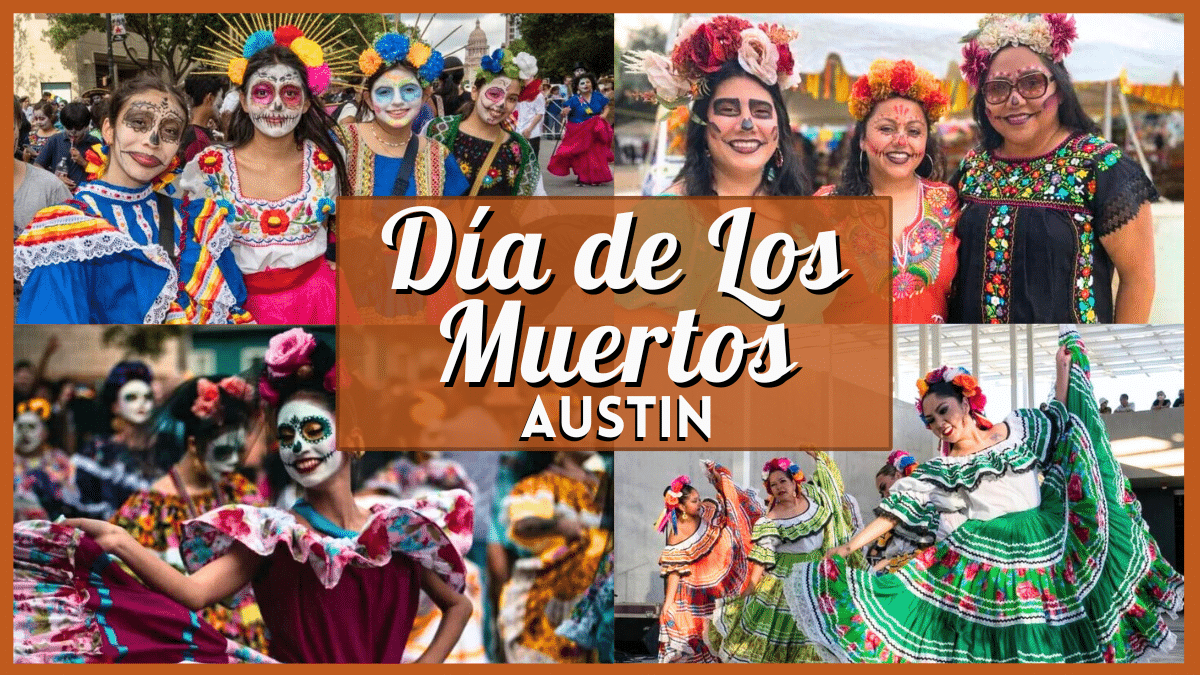
 Austin, TX1 week ago
Austin, TX1 week agoDia De Los Muertos Austin: Parades, Altars & Events
-

 Culture6 days ago
Culture6 days agoVideo: Dissecting Three Stephen King Adaptations
-

 Seattle, WA3 days ago
Seattle, WA3 days agoESPN scoop adds another intriguing name to Seahawks chatter before NFL trade deadline



